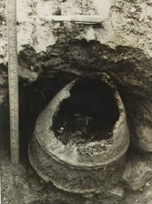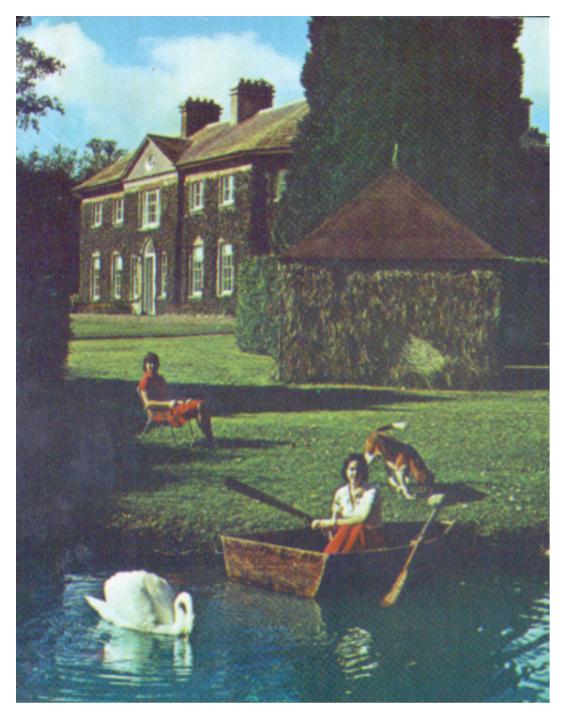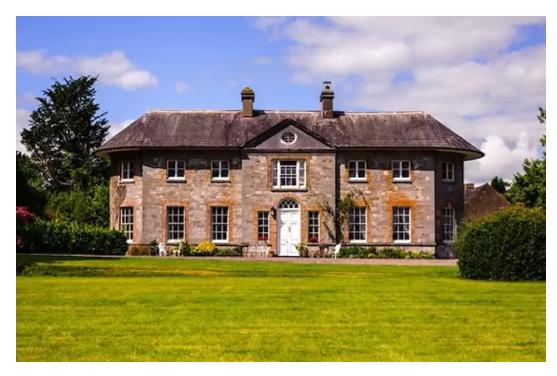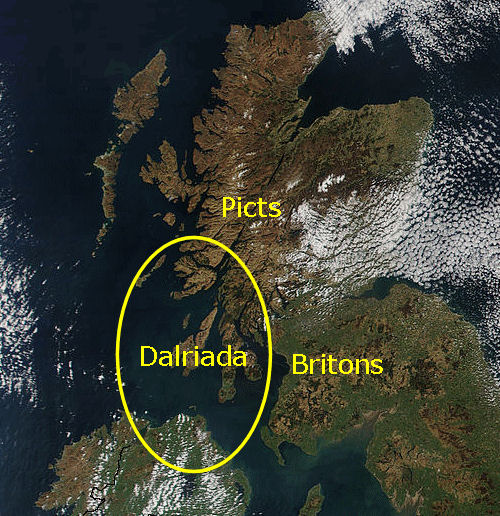The Castlemagner Sinsir organisation has been a vital part of the community since its inception in 2010. Watch this space while we get an account of what a fantastic contribution of this organisation does.
Category: Uncategorized
Assolas House
Assolas House is the oldest known and perhaps the most historic residence in Duhallow. It was the focal point in the Battle of Knocknanuss in November 1647. Prior to the reformation (1558), it is generally accepted that Assolas was occupied by a community of Catholic monks.
The present stone out-offices with the still visible castings of closed-up windows, all in an excellent state of preservation, bear ample testimony to its monastic nature. A unique feature of this building is the presence of a “Leper’s Peep”, still visible, and which lends much weight to the theory of its religious origins. It notable that the “Leper’s Peep” has been a source of much interest and controversy to historians during the past century.
The Kingdom of Dal Riada
The origin of the Dal Riada lies with the Conn, the ancient Iberian-Celtic tribe who gave their name to Lough Conn and to the ancient province of Connaught. By pre-Christian times, they were powerful in North Ulster and had penetrated the Pictish kingdoms on the west coast of Scotland. By Christian times, the tribe had split into an Irish-based Dal Riada and a Scottish-based Dal Riada. The tribe got its name from Cairbre Riata, son of Cormac McArt (227-266). Cairbre was the first to found a settlement of any size in Alba (the west coast of Scotland). His wife was Oileach, a Pict and relations with the Picts were largely peaceful. His son Colla Uais built up the strength of the settlement and gave his name to Clann Colla, his descendants in Alba, and also to the Maguires McConnells and McMahons in Ulster who shared that descent.
Mass Rock in Castlemagner
From 1591 until 1704, there were no Roman Catholic churches in Castlemagner. They were either converted to Protestant use or burned by Lord Brohill in the aftermath of the Battle of Carrigadrohid (1652). The era of the mass rock and Sunday Wells spanned this period in the parish of Castlemagner. Mass rocks were used in times of suppression of the Catholic religion to celebrate mass clandestinely since the celebration of the mass was forbidden by law.
There is a least one authenticated mass rock in the parish of Castlemagner. This is located in the extreme northern part of the parish in the townland of Kilguilky on the farm of Mr. Paddy Cronin. A 2004 celebration of mass by Father Stephen O’Mahony PP Castlemagner ( at the mass rock) gives a powerful image of what it must have been like to practice the Roman Catholic faith in Ireland during penal times.
[metaslider id=481]
2000 Year Old Urn Discovery
Castlemagner has been inhabited by humans for at least the last 4000 years. An urn containing a full male skeleton dating back to 2000BC was dug up in a field between Banagh cross and Kippaugh cross in January 1975. It occured during the course of a land drainage project on the farm of Donal V. Lane. The burial was accidentally discovered during routine drainage work on Mr Lane’s farm, Coolnahane, Castlemagner.
The initial find was by Mr John Foley – Drainage Contractor Kanturk. The site of the grave lies adjacent to a double banked ringed fort now much over grown. This is one of the many ringed forts in the district. It seems clear that there is no connection between the grave and the fort, the position of both being a matter of chance. A few fragments of iron slag from the immediate vicinity of the fort puts it in the early Christian period (350-1200). During the war of 1916-21, digging was done within the fort to construct a safe place to store arms and fuel. In the process, the base of two kilns or furnaces were found. In general, the fort is in a good state of preservation and may well repay excavation.




